-
 Bitcoin
Bitcoin $119100
-2.16% -
 Ethereum
Ethereum $4300
-0.31% -
 XRP
XRP $3.171
-2.99% -
 Tether USDt
Tether USDt $1.000
-0.01% -
 BNB
BNB $814.1
-1.33% -
 Solana
Solana $176.5
-4.67% -
 USDC
USDC $0.0000
0.00% -
 Dogecoin
Dogecoin $0.2267
-5.83% -
 TRON
TRON $0.3465
2.15% -
 Cardano
Cardano $0.7870
-4.98% -
 Chainlink
Chainlink $21.66
-2.27% -
 Hyperliquid
Hyperliquid $43.89
-4.62% -
 Stellar
Stellar $0.4414
-3.35% -
 Sui
Sui $3.707
-6.73% -
 Bitcoin Cash
Bitcoin Cash $599.1
3.73% -
 Hedera
Hedera $0.2504
-6.96% -
 Ethena USDe
Ethena USDe $1.001
-0.01% -
 Avalanche
Avalanche $23.21
-4.99% -
 Litecoin
Litecoin $121.1
-3.55% -
 Toncoin
Toncoin $3.415
0.45% -
 UNUS SED LEO
UNUS SED LEO $9.002
-1.24% -
 Shiba Inu
Shiba Inu $0.00001314
-5.43% -
 Uniswap
Uniswap $11.45
1.63% -
 Polkadot
Polkadot $3.926
-5.37% -
 Cronos
Cronos $0.1694
1.63% -
 Ethena
Ethena $0.8117
-2.35% -
 Dai
Dai $1.000
0.00% -
 Bitget Token
Bitget Token $4.422
-1.43% -
 Monero
Monero $264.2
-0.83% -
 Pepe
Pepe $0.00001137
-8.29%
What is Rollup technology?
Rollup technology boosts blockchain scalability by processing transactions off-chain, then submitting a summary to the main chain. Optimistic and ZK-Rollups offer different security trade-offs, with ZK-Rollups using zero-knowledge proofs for faster finality. Both significantly reduce gas fees and improve transaction throughput.
Mar 12, 2025 at 03:30 pm

Key Points:
- Rollup technology is a scaling solution for blockchains that processes transactions off-chain before submitting a summarized record to the main chain.
- There are two main types: Optimistic Rollups and ZK-Rollups, each with different approaches to security and transaction verification.
- Rollups significantly increase transaction throughput and reduce gas fees compared to executing transactions directly on the main chain.
- Understanding the trade-offs between Optimistic and ZK-Rollups is crucial for choosing the best solution for specific use cases.
- Rollups improve scalability without sacrificing the security of the underlying blockchain.
What is Rollup Technology?
Rollup technology is a Layer-2 scaling solution designed to significantly enhance the transaction capacity and efficiency of blockchain networks. Instead of processing every transaction directly on the main blockchain (Layer-1), rollups bundle many transactions off-chain into a single batch. This batch, along with a concise proof of its validity, is then submitted to the main chain, thereby reducing the computational load and congestion on the Layer-1 network. This approach dramatically increases the throughput of the system while maintaining the security guarantees of the underlying blockchain.
Optimistic Rollups vs. ZK-Rollups:
The primary distinction within rollup technology lies between Optimistic Rollups and ZK-Rollups. These differ fundamentally in how they ensure the validity of the bundled transactions.
Optimistic Rollups operate on the assumption that all transactions within a batch are valid. If no one challenges the validity of the batch within a specified time frame (a challenge period), the transactions are considered finalized. If a challenge is raised, a dispute resolution mechanism is triggered, often involving a more computationally intensive process on Layer-1.
ZK-Rollups, on the other hand, employ zero-knowledge proofs (ZKPs) to cryptographically prove the validity of the transactions without revealing the transaction details themselves. This eliminates the need for a challenge period, resulting in faster finality and potentially lower costs. The cryptographic proof acts as a concise and verifiable summary of the transaction batch.
How Optimistic Rollups Work:
- Transactions are collected and bundled off-chain.
- The bundled transactions are submitted to the Layer-1 blockchain along with a transaction validity "optimistic" assumption.
- A fraud-proof mechanism is in place to allow challenges to the validity of transactions within a defined period.
- If no challenge is raised, the transactions are considered finalized.
- If a challenge is raised, the validity is verified on Layer-1, potentially leading to a rollback.
How ZK-Rollups Work:
- Transactions are processed off-chain.
- A zero-knowledge proof (ZKP) is generated, proving the validity of the transactions without revealing the transaction data.
- The ZKP and a summarized state are submitted to the Layer-1 blockchain.
- The Layer-1 smart contract verifies the ZKP efficiently, confirming the validity of the batch.
Security Considerations:
Both Optimistic and ZK-Rollups inherit the security of the underlying Layer-1 blockchain. However, they differ in their security mechanisms. Optimistic Rollups rely on economic incentives and a challenge period to ensure security, while ZK-Rollups leverage the cryptographic properties of ZKPs for strong security guarantees. The choice between them often depends on the desired trade-off between speed and the level of security assurance.
Scalability Improvements:
Rollups offer substantial scalability improvements by processing transactions off-chain. This dramatically increases transaction throughput and reduces congestion on the Layer-1 network, leading to lower gas fees and faster transaction confirmation times. The reduction in Layer-1 load is a key advantage, especially for blockchains facing scalability limitations.
Transaction Costs and Speed:
Generally, transaction costs associated with rollups are significantly lower than those on Layer-1. This is because the computational burden is shifted off-chain. Transaction speed is also improved, as the off-chain processing of transactions allows for faster confirmation times. However, the exact costs and speeds vary depending on the specific implementation and network conditions.
Data Availability:
A crucial aspect of rollups is data availability. Even though transaction processing occurs off-chain, the data must be readily available for verification and dispute resolution. Mechanisms are in place to ensure that this data remains accessible to all participants, maintaining transparency and preventing manipulation.
Integration with Existing Blockchains:
Rollups can be integrated with various existing blockchains, providing a modular and adaptable scaling solution. This adaptability makes them a versatile tool for enhancing the scalability of different blockchain platforms. The specific integration methods depend on the chosen rollup type and the underlying blockchain's architecture.
The Future of Rollups:
Rollups are expected to play a significant role in the future of blockchain scaling. Ongoing research and development focus on improving their efficiency, security, and user experience. The ongoing innovation in this area promises to further enhance the capabilities and applicability of rollup technology.
Common Questions:
Q: What are the main differences between Optimistic and ZK-Rollups?
A: Optimistic Rollups assume transactions are valid unless challenged, relying on a challenge period. ZK-Rollups use zero-knowledge proofs to cryptographically prove validity without revealing transaction details, leading to faster finality.
Q: Which type of Rollup is more secure?
A: Both inherit Layer-1 security. ZK-Rollups offer stronger, mathematically proven security due to ZKPs, while Optimistic Rollups rely on economic incentives and a challenge period.
Q: Are Rollups truly decentralized?
A: The level of decentralization depends on the implementation. While transaction processing is off-chain, the finality and security still rely on the underlying decentralized Layer-1 blockchain.
Q: How do Rollups reduce gas fees?
A: By processing transactions off-chain, Rollups reduce the computational load on the main chain, leading to lower demand for gas and thus lower transaction fees.
Q: What are the limitations of Rollup technology?
A: Optimistic rollups have a delay due to the challenge period. ZK-Rollups can be computationally expensive to generate proofs, especially for complex transactions. Both require data availability mechanisms to maintain transparency.
Disclaimer:info@kdj.com
The information provided is not trading advice. kdj.com does not assume any responsibility for any investments made based on the information provided in this article. Cryptocurrencies are highly volatile and it is highly recommended that you invest with caution after thorough research!
If you believe that the content used on this website infringes your copyright, please contact us immediately (info@kdj.com) and we will delete it promptly.
- Dogecoin, Presale, Surge: Riding the Meme Coin Wave
- 2025-08-12 11:10:12
- Dogecoin, Tron, and the ROI Reality Check: What's a Crypto Investor to Do?
- 2025-08-12 11:15:12
- Ethereum Layer-2 Scaling Competition Heats Up as ETH Breaks $4K
- 2025-08-12 10:30:12
- China Regulation, Stablecoins, and BNB Presale: Navigating the Crypto Landscape
- 2025-08-12 11:30:12
- Meme Coins, Investment, and Token Burns: What's Hot in 2025?
- 2025-08-12 10:30:12
- BlockDAG, Chainlink, Hedera: The Cryptos Enterprises are Eyeing
- 2025-08-12 09:30:12
Related knowledge
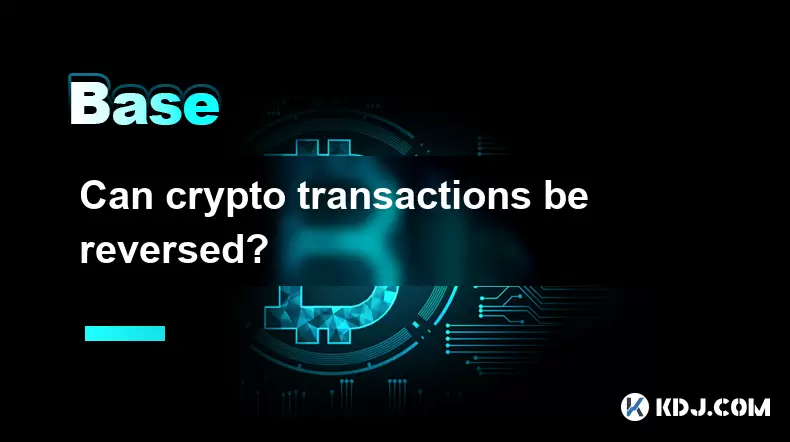
Can crypto transactions be reversed?
Aug 10,2025 at 01:35am
Understanding the Immutability of Blockchain TransactionsCryptocurrency transactions are built on blockchain technology, which is designed to be immut...
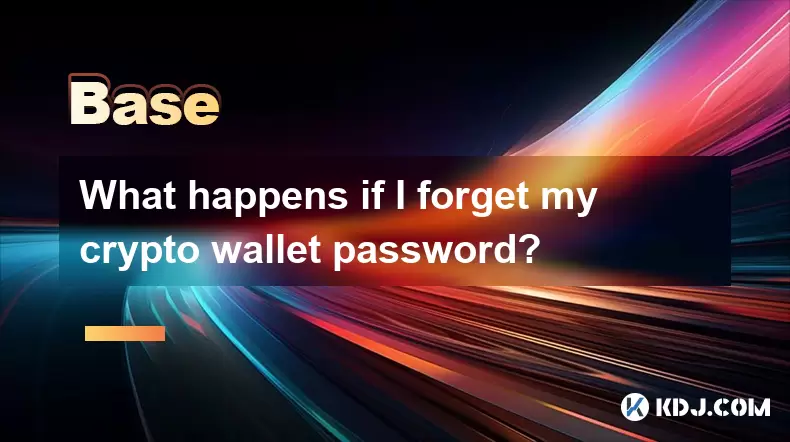
What happens if I forget my crypto wallet password?
Aug 09,2025 at 08:50am
Understanding the Role of a Crypto Wallet PasswordA crypto wallet password serves as a critical security layer that protects access to your digital as...
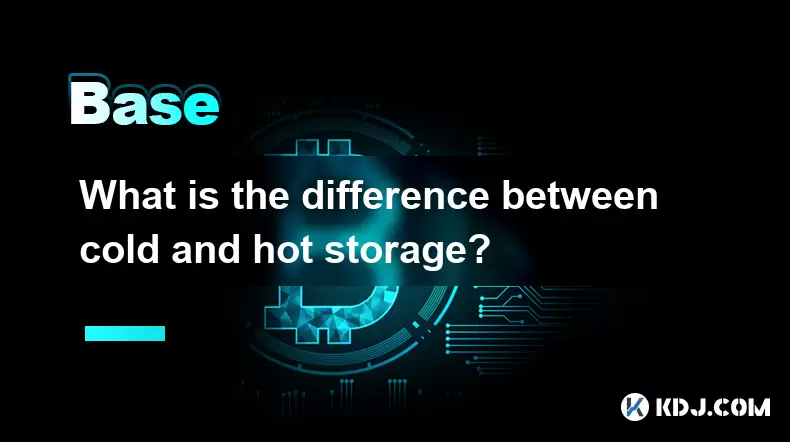
What is the difference between cold and hot storage?
Aug 12,2025 at 01:01am
Understanding Cold Storage in CryptocurrencyCold storage refers to offline methods of storing cryptocurrency private keys, ensuring they are not expos...
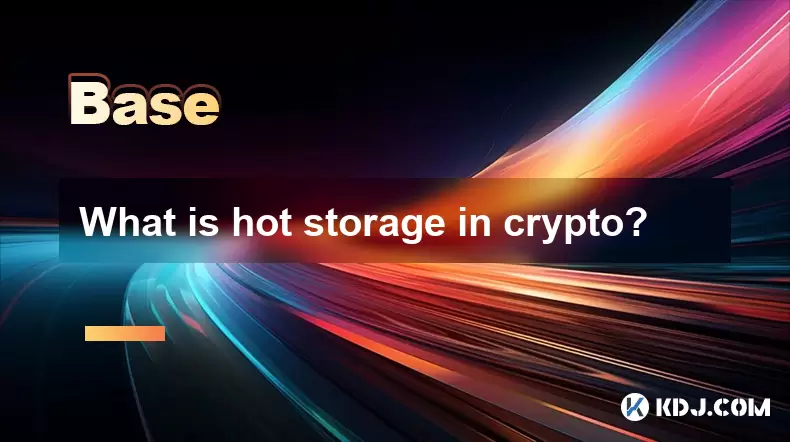
What is hot storage in crypto?
Aug 11,2025 at 07:08am
Understanding Hot Storage in CryptocurrencyHot storage refers to cryptocurrency wallets that are connected to the internet. Unlike cold storage soluti...

What is the best crypto portfolio tracker?
Aug 10,2025 at 05:08am
Understanding the Role of a Crypto Portfolio TrackerA crypto portfolio tracker is a digital tool designed to help investors monitor the performance of...
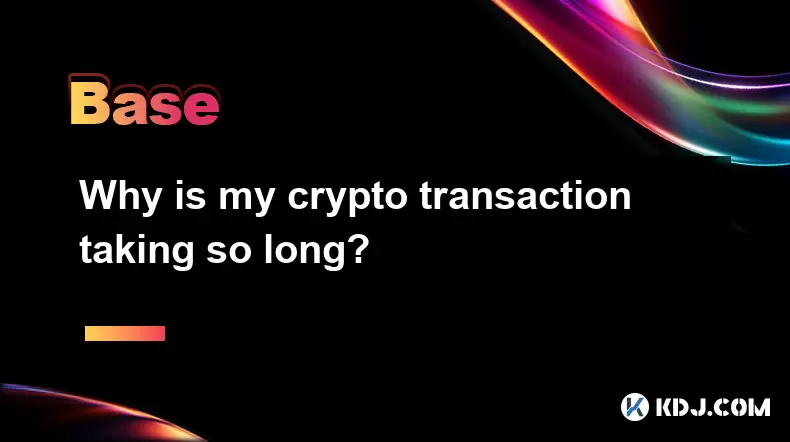
Why is my crypto transaction taking so long?
Aug 11,2025 at 11:35am
Understanding Blockchain Network CongestionWhen a crypto transaction is delayed, one of the most common causes is network congestion on the blockchain...

Can crypto transactions be reversed?
Aug 10,2025 at 01:35am
Understanding the Immutability of Blockchain TransactionsCryptocurrency transactions are built on blockchain technology, which is designed to be immut...

What happens if I forget my crypto wallet password?
Aug 09,2025 at 08:50am
Understanding the Role of a Crypto Wallet PasswordA crypto wallet password serves as a critical security layer that protects access to your digital as...

What is the difference between cold and hot storage?
Aug 12,2025 at 01:01am
Understanding Cold Storage in CryptocurrencyCold storage refers to offline methods of storing cryptocurrency private keys, ensuring they are not expos...

What is hot storage in crypto?
Aug 11,2025 at 07:08am
Understanding Hot Storage in CryptocurrencyHot storage refers to cryptocurrency wallets that are connected to the internet. Unlike cold storage soluti...

What is the best crypto portfolio tracker?
Aug 10,2025 at 05:08am
Understanding the Role of a Crypto Portfolio TrackerA crypto portfolio tracker is a digital tool designed to help investors monitor the performance of...

Why is my crypto transaction taking so long?
Aug 11,2025 at 11:35am
Understanding Blockchain Network CongestionWhen a crypto transaction is delayed, one of the most common causes is network congestion on the blockchain...
See all articles

























































































